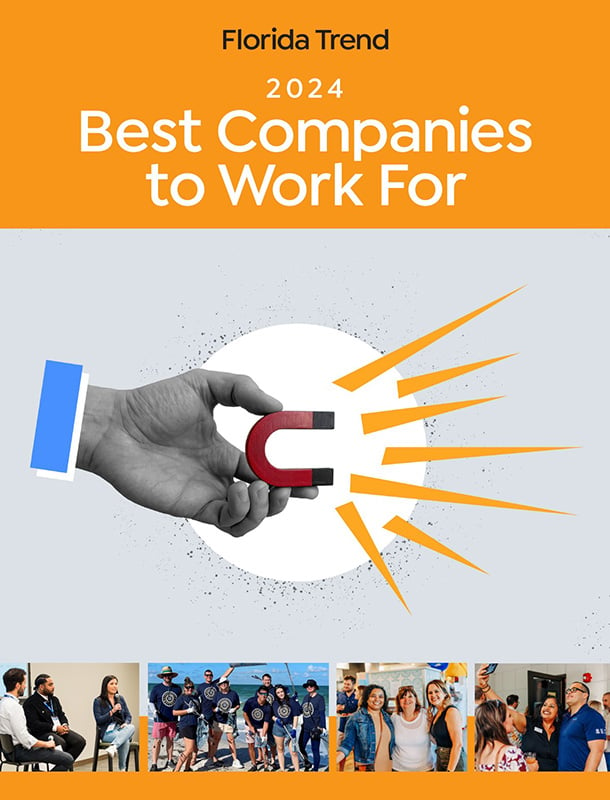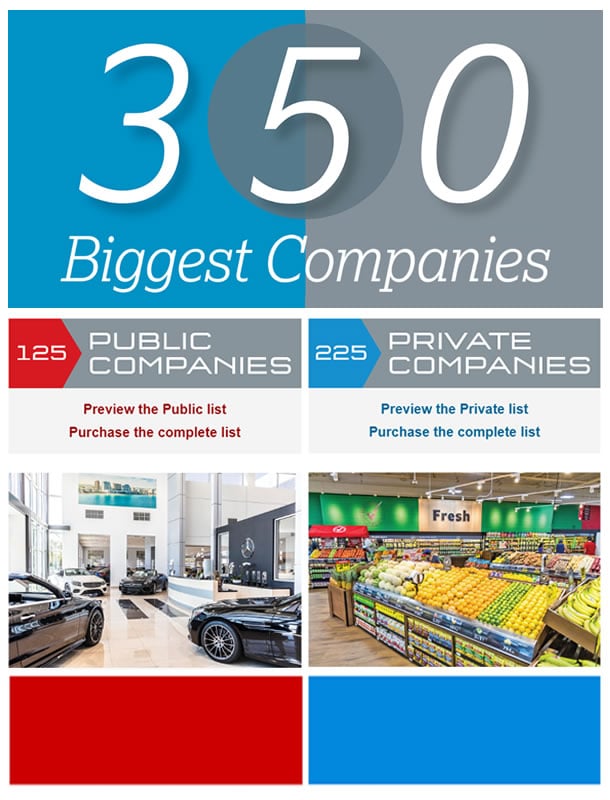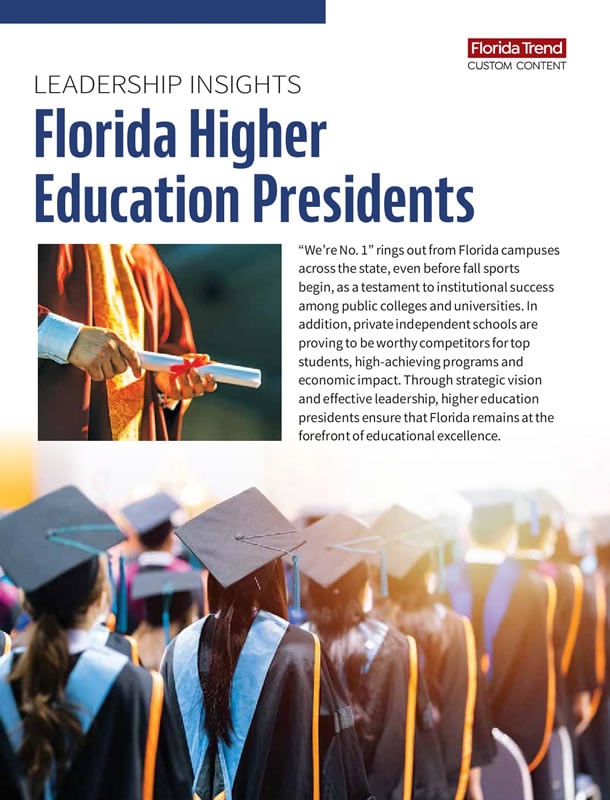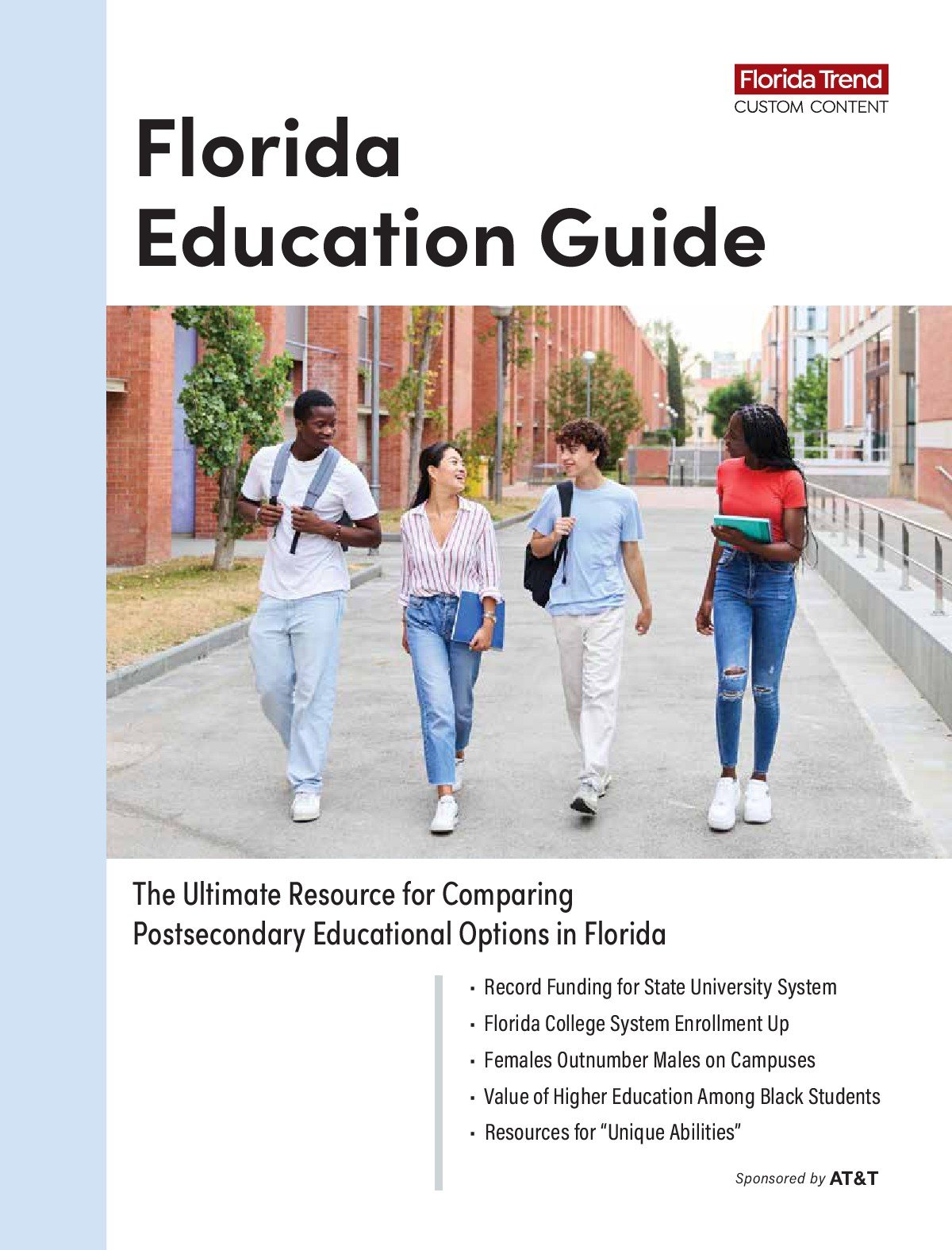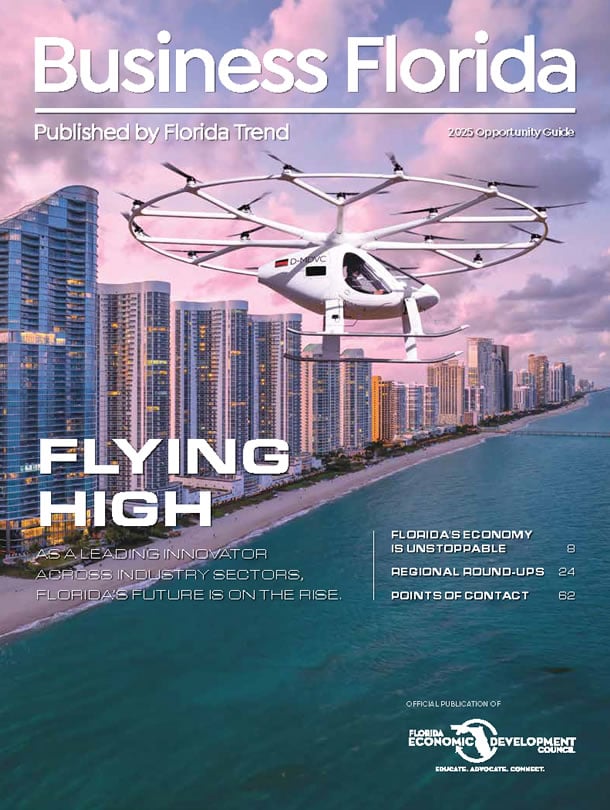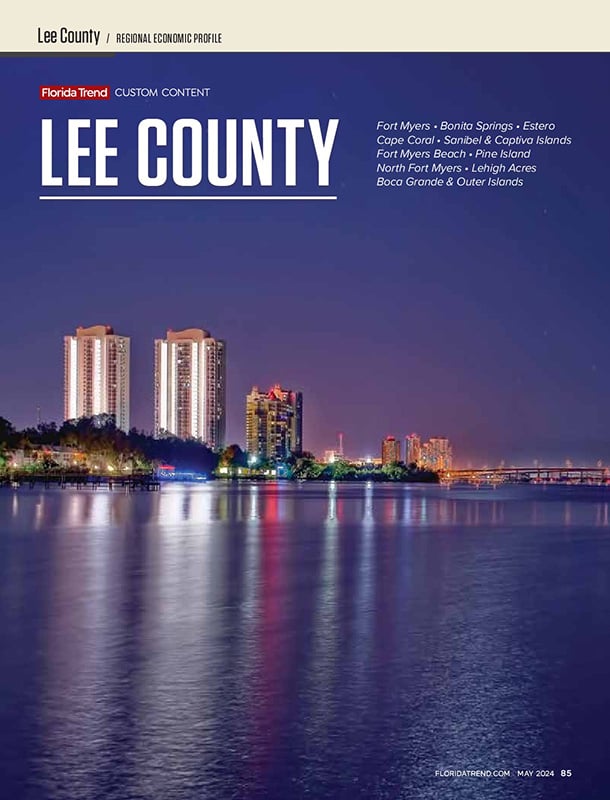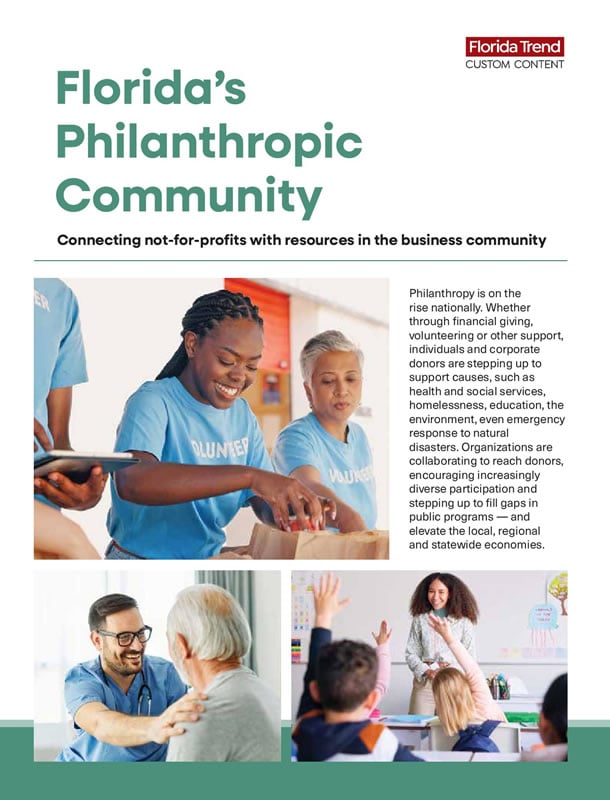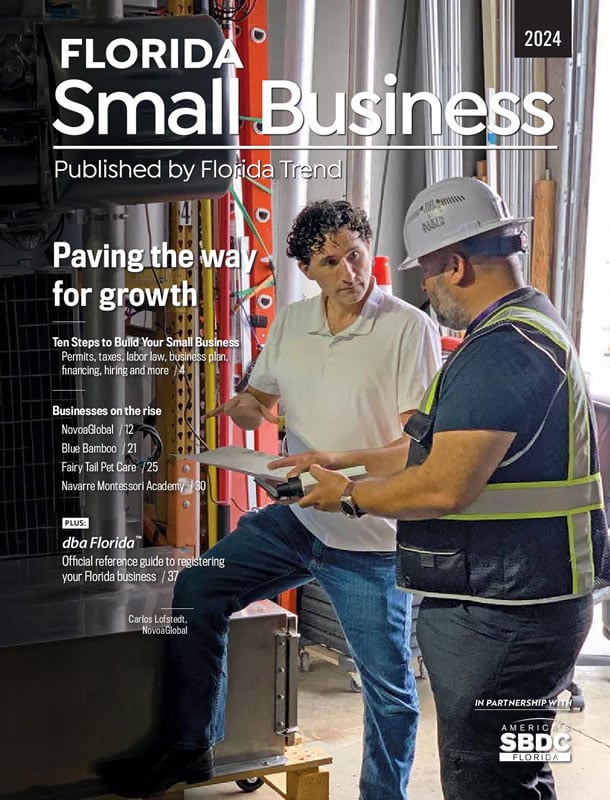 Andy Corty, Publisher |
I traveled to Naples last month for the Celebration of Reading, an event produced by Jeb Bush and family to promote literacy training and raise several million dollars for the cause. With all due deference to the two former U.S. first ladies who spoke — Barbara Bush and Laura Bush — the star of the evening most certainly was Marifay Diaz, a Puerto Rico-born woman who bravely explained how learning English was opening opportunities for her and her children. As a media sponsor, Florida Trend was pleased to support such an important effort.
That evening got me to thinking about how we spend our money. Both our personal money and our collective money that's funneled through government entities.
Will Florida and the United States continue to be places of compassion, hope and justice? Will we individually and collectively invest in future generations?
We have choices to make, and right now the debate seems to be at a fever pitch. Can the state still purchase land to preserve our natural heritage, or is Florida Forever gone? Will we provide top-flight education, or let students fall through the cracks? Can we restore appropriate funding to the state's judiciary, or will backlogs in civil courts grow? Florida Bar President Mayanne Downs recently pointed out to me that businesses can't factor extraordinary delays or "no decision" into their planning, so a predictable, speedy judicial system should be a top priority for executives. But are we as business leaders delivering that message to the Legislature?
?
The April 2011 issue of Florida Trend magazine proves our own commitment to consistency: It is our 43rd consecutive year producing the Economic Yearbook. In addition to the usual compendium of county-by-county statistics, this year Mark Howard and his team focus on the goals each region has set for itself in 2011.
For each major county or metro area, we identified a new business or one on the verge of "breaking out" into prominence as an economic driver. In addition, we identified a few businesspeople in each region who are either new, newly prominent or under-recognized. We tried to portray what's happening without going to the usual suspects, though in many cities they remain the key players.
To this rich mix of statistics and highlights, we have added a cover story about the state's biggest private landholders — who they are, their plans and how important their holdings are to Florida's future. Together these 10 account for fully 10% of Florida's land mass. And the big surprise is that most of them plan to keep the bulk of their land agricultural.
Further, this issue offers investing advice from some of Florida's top wealth managers. While the wealthy are still wealthy and demand professional caretaking to protect and grow their holdings, I'm confident that readers of all financial means will find this feature useful.
?
Gov. Rick Scott has just appointed a new economic development czar for Florida — he is Gray Swoope Jr., who comes here after a successful career in Mississippi. We look forward to working with him, and we should point out that Florida Trend itself plays a key role in attracting business to the state.
Each year, we team with Enterprise Florida and the Florida Economic Development Council to produce the annual "Business Florida" guide. This edition is distributed to prospects in key target industries throughout the nation, sent to economic development groups statewide and taken on trade missions to other countries. Plus a digital edition expands the publication's reach further. Please call us to find out about advertising opportunities for your company or your region — and help get the message out about doing business in Florida.
?
On the unpleasant subject of my diet, I've only just begun and have no metrics that I wish to report.
— Andy Corty
Publisher
[acorty@floridatrend.com]



